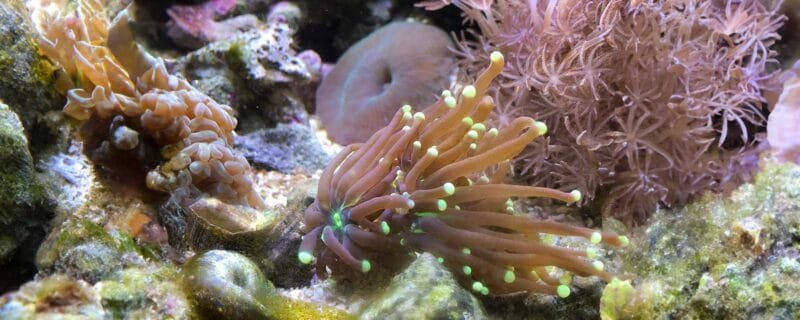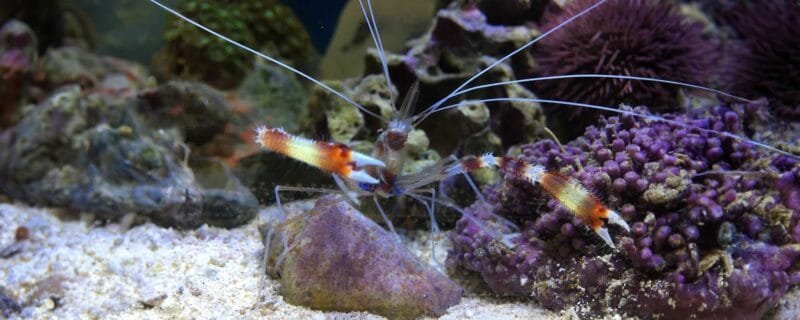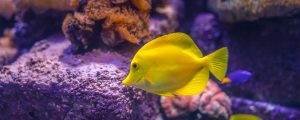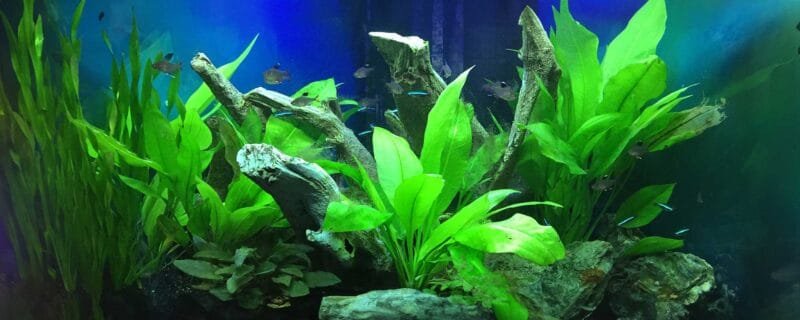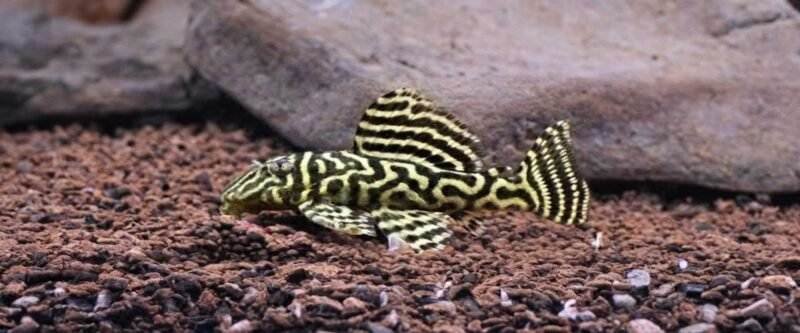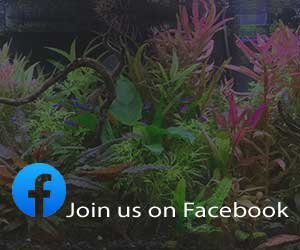Introduction
Coral reefs are among the most diverse and fascinating ecosystems on the planet. While they might seem like mere rocks or plants, corals are, in fact, animals with a remarkable ability known as photosynthetic feeding. In this blog post, we’ll explore what photosynthetic feeding means, how it occurs in the wild, and how you can replicate it in your home aquarium. We’ll also introduce you to some captivating corals, like the Kenya tree and Green star polyps, that excel at this process.
What is Photosynthetic Feeding?
Photosynthetic feeding, also known as photosymbiosis, is a unique survival strategy employed by certain coral species. It involves a symbiotic relationship between corals and tiny, single-celled algae called zooxanthellae. These algae live within the coral tissues and harness the power of sunlight to perform photosynthesis. During this process, they convert carbon dioxide and sunlight into sugars and other organic compounds, which they share with their coral hosts. In return, the corals offer protection and essential nutrients to the zooxanthellae.
Photosynthetic Feeding in the Wild
In their natural habitat, coral reefs, photosynthetic feeding is a critical source of nutrition for many coral species. Corals catch small prey with their tentacles, but the majority of their energy comes from the products of photosynthesis provided by their zooxanthellae partners. This incredible adaptation allows corals to thrive in nutrient-poor tropical waters where other organisms struggle to survive.
Recreating Photosynthetic Feeding in a Home Aquarium
Bringing the wonders of photosynthetic feeding into your home aquarium is a rewarding endeavor. Here are some steps to help you create an environment where corals can thrive through photosynthesis:
- Select Suitable Corals: Choose coral species that are known for their photosynthetic abilities. Some great choices include the Kenya tree coral (Capnella sp.), Green star polyps (Pachyclavularia sp.), and pulsing xenia (Xenia sp.).
- Provide Proper Lighting: Corals rely on intense, reef-specific lighting to support photosynthesis. LED lights with adjustable color spectrums are excellent for simulating natural sunlight conditions in your aquarium.
- Maintain Stable Water Parameters: Ensure that water temperature, salinity, and pH levels remain consistent. Any fluctuations can stress the corals and affect their ability to host zooxanthellae.
- Adequate Water Flow: Corals need gentle water movement to help transport nutrients and oxygen. Powerheads or wavemakers can create the necessary water flow patterns.
- Supplemental Feeding: While photosynthesis is the primary source of nutrition for these corals, you can occasionally supplement their diet with specialized coral foods or planktonic organisms.
Conclusion
Photosynthetic feeding in corals is a marvel of nature, allowing these remarkable creatures to thrive in nutrient-poor environments. By carefully selecting the right corals, providing suitable lighting, and maintaining stable aquarium conditions, you can recreate this symbiotic relationship in your own home aquarium. The Kenya tree coral and Green star polyps are just two examples of the stunning corals that rely on photosynthetic feeding. With dedication and care, you can witness the beauty and vitality of these corals in your aquatic oasis.

